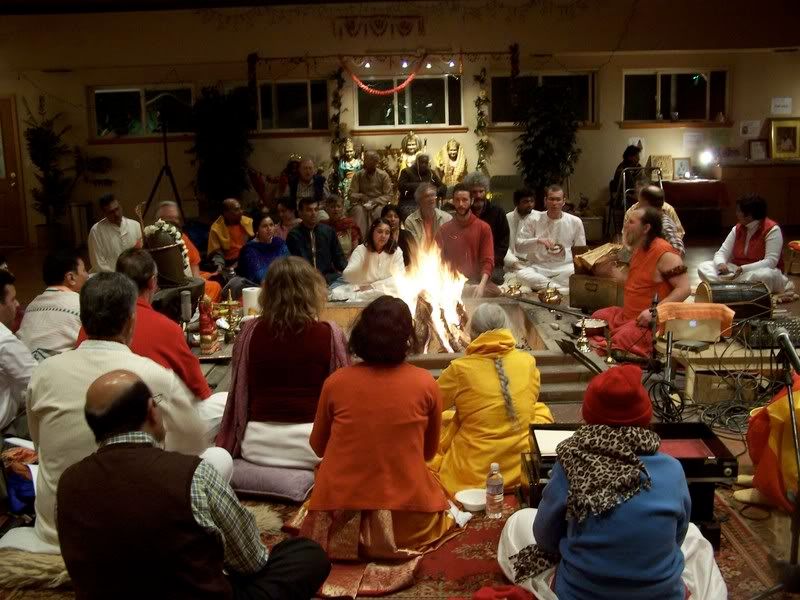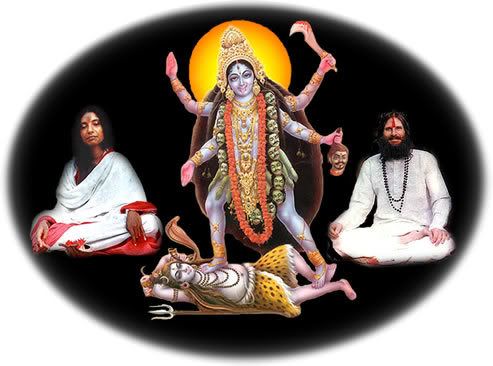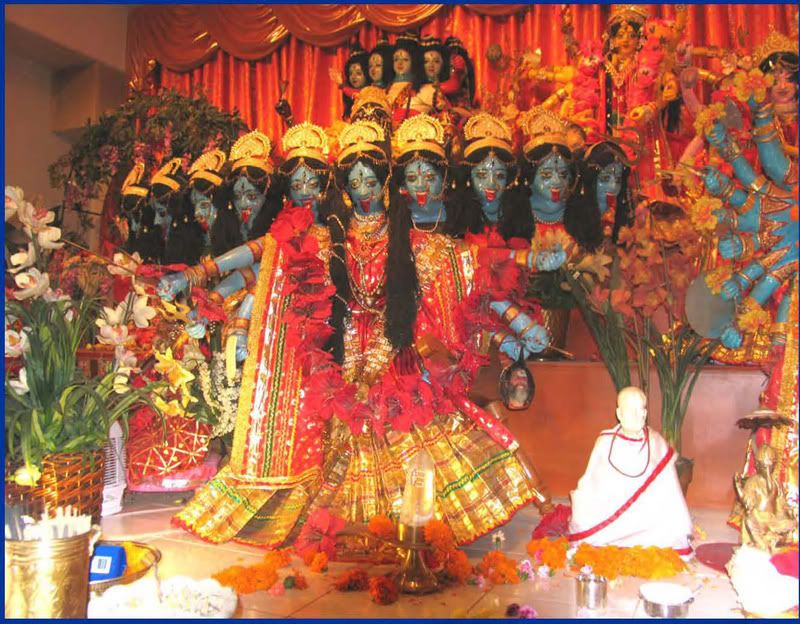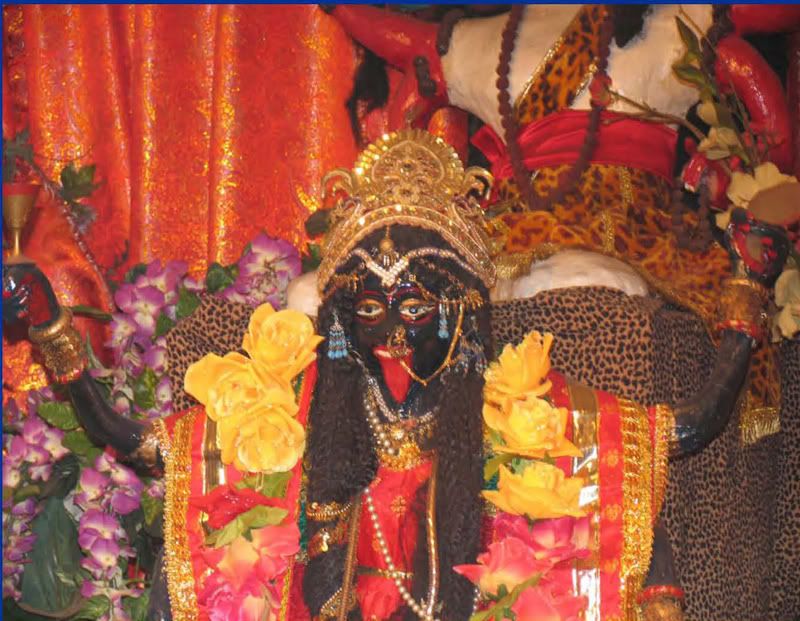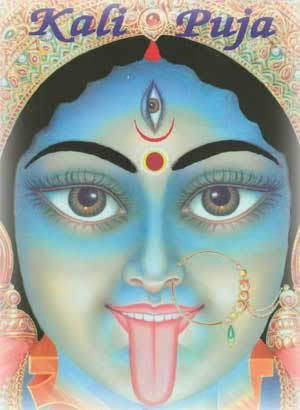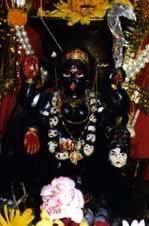{The answer to the question in the title is given in the Introduction of the Shiva Puja and Advanced Yajna book. Swamiji says "Cultivate the attitude of gratitude, and carry it with you throughout your daily activities.Only then will worship pervade our lives"}
Congratulations to Surya for completing the sankalpa ! He completed 111,111 recitations. Thank you Surya for blessing this universe with your sadhana. Surya had a few words to share on his experience, but first here is a Q&A with our beloved Swamiji.
Sadhu Maa had two questions on the meaning of the mantra.
Sadhu Maa asked : In the UPS mantra there is reference to "the three worlds". Will you please explain what is meant by "the three worlds"?
Swamiji says: The gross body, subtle body and causal body: what can be perceived through the senses, conceived in the mind, and known through intuition.
Sadhu Maa asked: When we say "and in like manner, remove from us all hostility", are we talking about hostility present in our subtle, vital and gross bodies?
Swamiji says: Yes, as well as all hostility within us, or directed to us, and ultimately all hostility from creation.
Here is what Maruthi had to say "I really feel blessed that Shree MAA gave us the opportunity to take part in the Universal Peace Sankalpa."
And here is Surya‘s sharing from this sankalpa – the feeling of what an honor and privilege it is to serve Her.
"I finished the 100,000 repetitions Monday night. I figured since it was Shiva’s Day (and Night) it would be an auspicious way to end, so I pushed it and did the last 4030 reps that day/night. Now I am just finishing another 11,111 so that I can have a total of 111,111–an auspicious Gauri Shankar number. Om Shiva Shakti Aikya Rupinyai Namah!
This sadhana has really changed me and my outlook on many things. Some shift definitely occured that night. I really felt a big change starting on Maha Shivaratri and this "sealed the deal", so to speak.
I decided that from now on, I am going to really apply myself to see everything in my life as a true and beautiful gift from the Goddess.
I am truly thankful for all these Blessings She has given me. My family, my partner, my kids and all that makes up my life. I gladly accept my karma and dharma and will work hard to live up to what is required of me.
I must admit that becoming a householder has been a very difficult road for me. In many ways I have fought it tooth and nail. But this was/is just silly. Everything is how it should be and I am very grateful for it.
We can always choose to look at our circumstances in many different ways. We can complain about our lot in life or we can see that it is all Her Will and be grateful for the Honor and Privilege of Serving Her, the Universe and Our Self in the way that She has chosen for us. She always knows what is Best for us and gives us Everything we need, even without us asking for it. So why not trust Her?
It is said that Life is what you make it. I firmly believe this. The grass isn’t greener anywhere else. So lets make Life a Celebration–a Truly Joyous Event. Lets revel in the Bliss. This is my ideal that I am going to do my utmost to embody each and every day."
Thanks Sadhu Maa for your questions, and to Maruthi and Surya for sharing your sentiments.
Here are the numbers for those of us that preferred to chant the mantra at the fire (Week ending March 4th 2007)
| Name |
Number of Mantras
|
| Swamiji & Mandir Residents |
Priceless
|
| Michael |
12960
|
| Janitri |
4384
|
| Mousumi |
10908
|
| Total |
28,252
|
And for those of us that chanted without the fire
| Name |
Number of Mantras
|
| Babu |
1296
|
| Bharata |
46000
|
| Bharati |
10800
|
| Brendan |
3160
|
| Carie |
1282
|
| Chocatane |
19116
|
| Chris K |
15228
|
| Chris W |
19128
|
| Debi |
70848
|
| Donna |
21590
|
| Durga |
5616
|
| Egyirba |
8424
|
| Eric |
46656
|
| Gauri |
5832
|
| Georgiann |
5762
|
| Henny |
23112
|
| Janitri |
11484
|
| Jayadeva |
22140
|
| Julia |
15810
|
| Kalachandra |
15876
|
| Kaliananda |
15984
|
| Kamalaji |
19630
|
| Kanda |
17280
|
| Karen |
18000
|
| Kathy |
15580
|
| Marsha |
15552
|
| Maruthi |
37000
|
| Mausumi |
12852
|
| Michael |
10800
|
| Michele |
4792
|
| Morningsong |
20520
|
| Muktimaa |
11664
|
| Nickolas |
1188
|
| Nirmal |
5184
|
| Nirmalananda |
11100
|
| Nanda |
12015
|
| Papia |
15120
|
| Parvati |
6480
|
| Patty |
18712
|
| Prasana |
9568
|
| Prathibha |
10617
|
| Raghu |
19872
|
| Rebeca |
16100
|
| Rick Veda |
63180
|
| Robin |
14200
|
| Rolf |
15336
|
| Rukmani |
6048
|
| Sadhu Maa |
8670
|
| Shubal |
12420
|
| Sitara |
3464
|
| Sundari |
19224
|
| Shankari |
10476
|
| Surya |
111111
|
| Susan |
18900
|
| Usha |
53136
|
| Vasantha |
51000
|
| Wendel |
15100
|
| Wendy |
20844
|
| Vinay |
2160
|
| Visveshwar |
34236
|
| Yogini |
51840
|
| Total |
1,206,115
|
